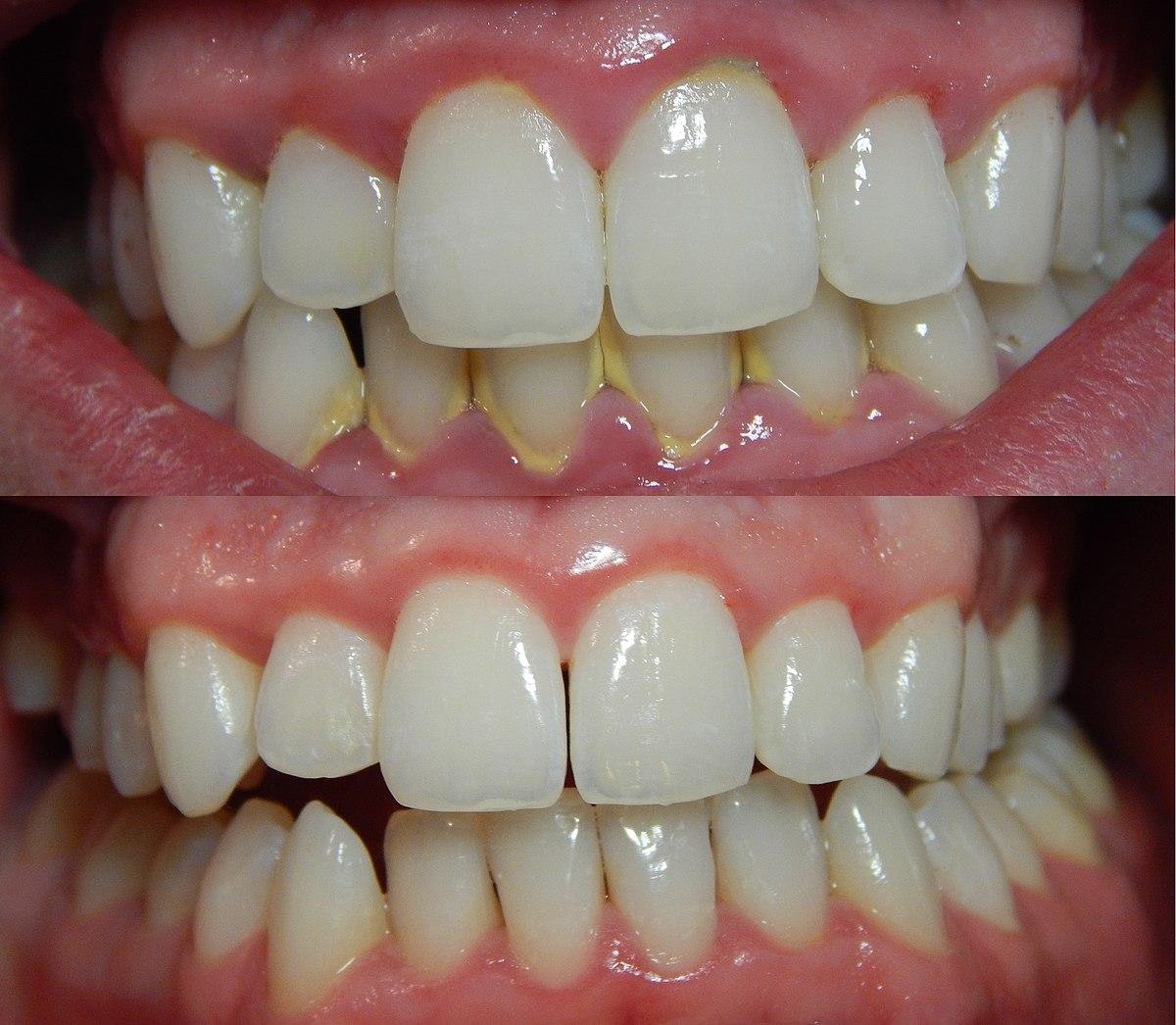What is the main purpose of scaling?

Scaling is a fundamental dental procedure that plays a vital role in maintaining oral health. It involves the removal of plaque, tartar, and stains from the surface of teeth and beneath the gumline. Although it may seem like a routine cleaning, its purpose goes far beyond aesthetics. Scaling is essential in preventing and treating gum disease, preserving natural teeth, and promoting overall dental hygiene.
Let's dive deeper into the reasons why scaling is so important and how it contributes to your long-term oral health.
Understanding Dental Plaque and Tartar
Dental plaque is a sticky film of bacteria that forms on teeth. When not removed through regular brushing and flossing, it hardens into tartar (also called calculus), which cannot be eliminated at home. Tartar harbors harmful bacteria that irritate the gums and can lead to gingivitis (early gum disease). Over time, this can progress to periodontitis, a severe gum infection that damages the soft tissue and bone supporting your teeth.
Scaling targets both visible and hidden plaque and tartar, especially below the gumline, where bacteria are more difficult to reach. This is crucial for maintaining a clean and healthy oral environment.
Prevention and Treatment Through Teeth Scaling in Islamabad
For individuals experiencing bleeding gums, bad breath, or loose teeth, scaling is often the first line of defense. Regular professional cleaning prevents the buildup of harmful bacteria and inflammation. Especially in areas like Islamabad, where environmental and dietary factors might influence oral health, many patients choose professional services for thorough care. That’s why many are opting for professional Teeth Scaling in Islamabad, where advanced dental clinics offer comprehensive cleaning and gum care.
Beyond disease prevention, scaling also improves the appearance of teeth. It removes stubborn stains caused by tea, coffee, tobacco, or certain foods, giving your teeth a cleaner, brighter look.
How Scaling Works: A Quick Overview
Dental professionals use specialized instruments for scaling, such as ultrasonic scalers and manual curettes. The procedure typically involves two steps:
-
Supragingival scaling – cleaning the visible surfaces of the teeth.
-
Subgingival scaling – removing plaque and tartar from beneath the gums.
In cases of more advanced gum disease, deep cleaning (scaling and root planing) may be recommended. This helps the gums reattach to the teeth and promotes healing.
When Should You Get Scaling Done?
The frequency of scaling depends on your oral health. For most individuals, scaling every six months is ideal. However, those with gum disease, braces, or other dental concerns may need more frequent visits. Your dentist will assess your condition and recommend an appropriate schedule.
Certain signs indicate the need for scaling, such as:
-
Persistent bad breath
-
Swollen, tender, or bleeding gums
-
Tartar deposits on teeth
-
Receding gums or loose teeth
Addressing these signs early can help prevent irreversible damage to your gums and teeth.
Benefits Beyond Oral Health
Oral health is closely linked to overall health. Studies have shown connections between gum disease and conditions like diabetes, heart disease, and respiratory infections. By preventing gum disease through regular scaling, you also reduce the risk of these systemic health issues.
Additionally, a clean, healthy smile can boost your confidence and improve your quality of life. It’s not just about dental hygiene—it’s about your well-being.
Choosing the Right Clinic for Scaling
To ensure effective and safe scaling, it’s important to consult a qualified dental professional. Look for a clinic with modern equipment, experienced staff, and a focus on patient comfort. Personalized care and follow-up guidance can make a significant difference in your dental journey.
If you're considering a reliable place for your dental care needs, including teeth scaling, you can explore options like the Royal Cosmetic Surgery PK, known for offering high-quality dental and cosmetic procedures with a patient-centered approach.





